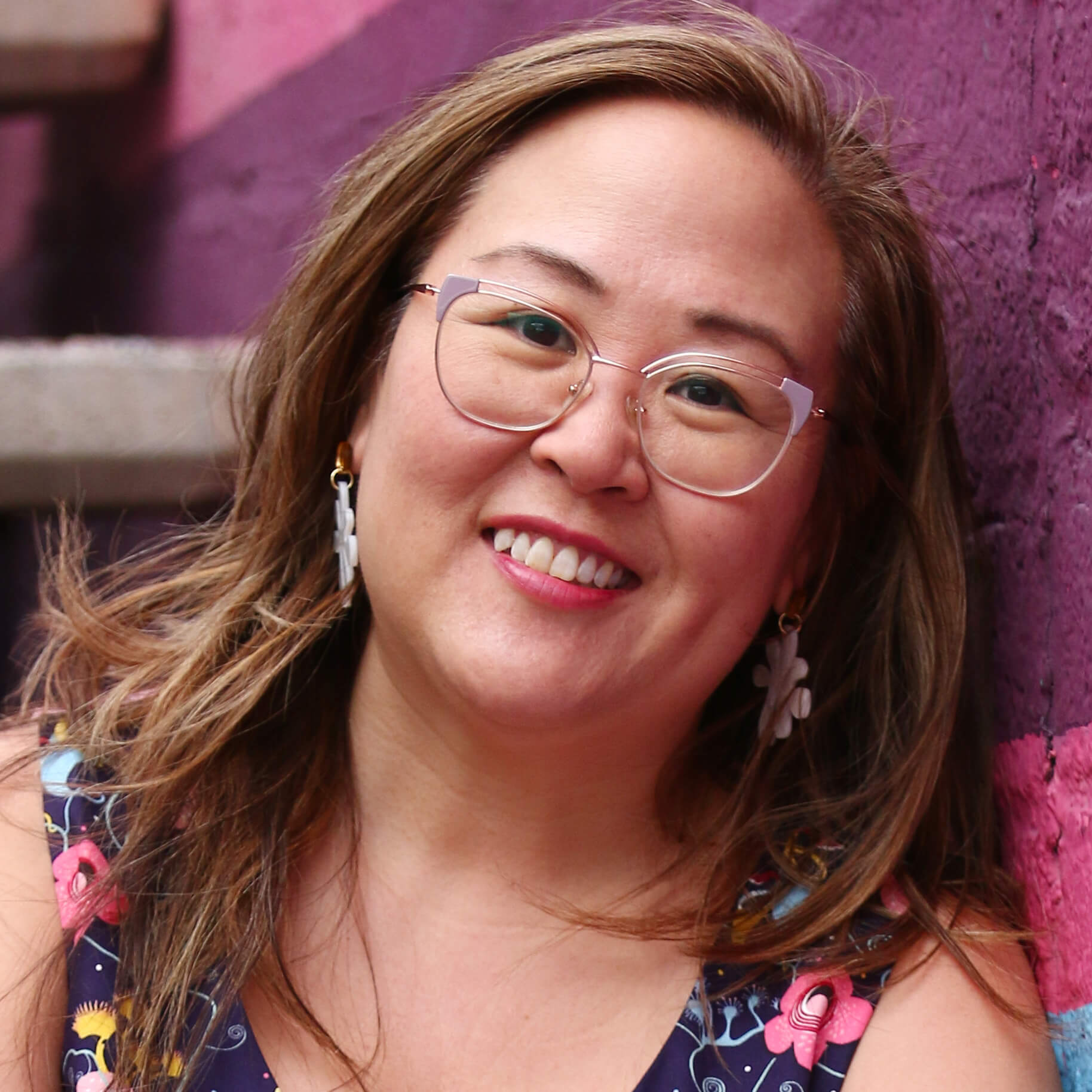This originally appeared as part of Nieman Lab’s 2021 predictions.
If 2020 leaves us with any lesson, it’s that the narrative cannot be driven from a white male perspective. Every single journalist, each of our sources and the members of our audience embody numerous traits. Our continued reliance on shortcuts fails to account for the full lives of people we should be covering accurately and humanely.
And one area where U.S. journalism falls short time and again is covering Indigenous issues. It’s no surprise. Less than 1% of journalists are Native American, according to surveys by the News Leaders Association and RTDNA.
That lack of representation in newsrooms is behind missteps such as CNN labeling survey respondents “something else” after Election Day.
Last night @CNN called Native voters “something else”.
In an election largely driven by race, the media still fails to accurately cover voters of color.
For Native Americans, we’re not even named. pic.twitter.com/h2Q5iRpWWa
— Rebecca Nagle (@rebeccanagle) November 4, 2020
And that lack of representation is why stories about murdered and missing Indigenous women — a tragedy that has the hashtags #MMIW and #NotInvisible — rarely lead the news report, despite studies determining that Indigenous women are killed at a rate 10 times above the national average.
We knew going into a census year that Indigenous populations were at risk of being undercounted. That gap is because an estimated one in three Native people lives in hard-to-access areas, some without phone lines. Those inequities have been exacerbated during the pandemic because a stable Internet is how many people stay connected during the pandemic. If your community was already physically isolated, virtual isolation compounds the difficulty of being seen and heard.
Some ground has been gained for more inclusive coverage with initiatives including Report for America’s support of Indigenous reporters and Indigenous affairs beats. And we have a few victories in 2020 to note:
- The Associated Press calls for capitalizing Indigenous.
- The Washington NFL team and the Cleveland MLB team abandoned their problematic names. But other racist team names and sports traditions linger. Mary Annette Pember wrote that “the mythical image of a universal Native American … (is) outdated and outed as a creation of white privilege.”
As a new year dawns, we can commit as an industry to elevate Indigenous issues further. This starts by recognizing that Indigenous culture has been subjugated for centuries. The National Association of Science Writers was mindful of this during its virtual conference in October; sessions started with an acknowledgment of the tribes with historic claim to the land. We can each consider ways to incorporate land acknowledgments so they are true acts of allyship. As scholar Kyle Powys Whyte wrote, “One can’t claim to be an ally if one’s agenda is to prevent his or her own future dystopias through actions that also preserve today’s Indigenous dystopias.”
We can recommit to providing opportunities for Indigenous journalists to succeed. Donate to the Native American Journalists Association’s Indigenous Voice Fund. Hire Indigenous journalists at all levels of experience and pay them a living wage. Don’t pigeonhole the work they do.
And change can also occur in our everyday language. I’ve said it before — and I’ll say it again: If you don’t work for AP, you don’t have to wait for its style edicts; do the research and update your organization’s style to center it on the perspectives of the people you cover. Revisit whether your organization perpetuates racialized mascots (in words and/or in images), and be more mindful to avoid phrases that misappropriate culture. Just a few examples to potentially excise from your vocabulary: spirit animal, powwow, low on the totem pole, part of the tribe, going off the reservation, circle the wagons.
For journalists to effectively continue our role as society’s watchdogs, we need to spend a bit more time examining and fixing the gaps in our industry. We must intentionally elevate the voices that have not always been the loudest. That’s how we will be able to cover diverse communities authentically and further trust with our audiences.







